Introduction
Cordyceps Flower and Spare Ribs Soup, a cherished dish in traditional Chinese cuisine, blends earthy flavors with profound nutritional benefits. This soup, rooted in centuries-old culinary traditions, is celebrated for its ability to nourish the body, boost immunity, and soothe the soul. At its core lies a harmonious marriage of tender pork ribs and Cordyceps militaris—a fungus prized for its medicinal properties. Unlike its pricier cousin, Ophiocordyceps sinensis, cordyceps flower offers a budget-friendly yet potent alternative, making it a staple in modern wellness-focused kitchens. This article explores the history, preparation, and health advantages of this beloved soup, guiding readers through creating a broth that is both comforting and restorative.
A Brief History and Cultural Significance
The use of cordyceps in Chinese medicine dates back over 1,300 years, with early texts lauding its ability to enhance vitality and respiratory function. While wild cordyceps was historically reserved for emperors and elites, advancements in cultivation techniques democratized access, leading to the rise of cordyceps flower as a sustainable substitute. Today, this ingredient symbolizes the fusion of tradition and innovation, appearing in soups, teas, and supplements globally.
In Chinese households, this soup is often prepared during seasonal transitions or convalescence, believed to strengthen the body’s defenses against illness. Its golden hue and rich aroma evoke feelings of warmth and care, making it a centerpiece at family gatherings and festive celebrations. The act of simmering the broth for hours mirrors the patience and dedication inherent in Chinese culinary philosophy, where time is viewed as an essential ingredient.
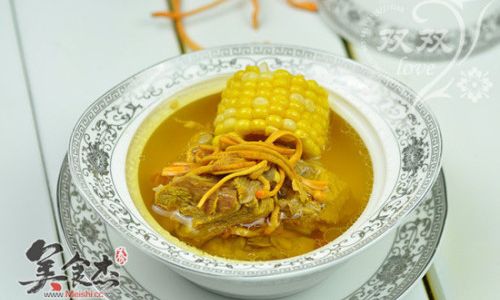
Key Ingredients and Their Nutritional Power
- Spare Ribs: Opt for pork spare ribs with a balanced meat-to-fat ratio. Pork provides high-quality protein, essential amino acids, and collagen, which supports joint health and skin elasticity.
- Cordyceps Flower: This fungus contains polysaccharides, adenosine, and antioxidants that studies suggest may reduce inflammation and improve energy levels.
- Jujube Dates: These sweet, chewy fruits add natural sweetness and vitamins C and B, aiding digestion and blood circulation.
- Goji Berries: Rich in beta-carotene and zeaxanthin, they promote eye health and immune function.
- Dried Shiitake Mushrooms: Their umami depth enhances the broth’s complexity while delivering fiber and minerals like selenium.
- Ginger: A warming spice that aids digestion and neutralizes the pork’s inherent coldness in traditional Chinese medicine.
- Wolfberries and Astragalus Root (Optional): For an extra immunity boost, these herbs add adaptogenic benefits.
The Cooking Process: Step-by-Step Mastery
Creating the perfect Cordyceps Flower and Spare Ribs Soup requires precision and patience. Follow these steps to unlock its full potential:
-
Preparing the Ingredients:
- Rinse 500g of spare ribs under cold water to remove impurities. Blanch them in boiling water for 3–5 minutes to eliminate scum, then drain.
- Soak 20g of dried cordyceps flower in warm water for 15 minutes until softened. Rinse gently to discard any debris.
- Soak 4–6 jujube dates, 10g of goji berries, and 3–4 dried shiitake mushrooms separately to rehydrate.
-
Building the Broth Base:
- In a heavy-bottomed pot or clay pot, combine the blanched ribs, cordyceps flower, jujube dates, and shiitake mushrooms. Add 2 liters of cold water, ensuring ingredients are submerged.
- Bring to a boil over high heat, then reduce to a gentle simmer. Skim off any foam that rises to maintain clarity.
-
Simmering to Perfection:
- Maintain a low simmer for 2–3 hours. The prolonged cooking time allows collagen from the ribs to melt into the broth, creating a silky texture.
- Add goji berries and 2 slices of fresh ginger in the final 30 minutes to preserve their delicate flavors.
-
Seasoning and Serving:
- Season with sea salt to taste, avoiding excessive sodium to highlight the soup’s natural sweetness.
- Serve hot, garnished with chopped cilantro or green onions for a fresh finish.
Tips for Enhancing Flavor and Nutrition
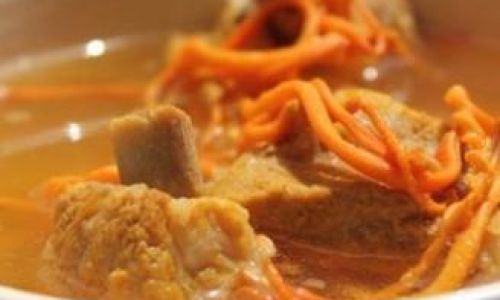
- Clay Pot Advantage: Cooking in a clay pot distributes heat evenly, yielding a richer broth compared to metal pots.
- Fat Control: For a lighter version, refrigerate the soup overnight and skim off congealed fat before reheating.
- Herbal Infusions: Experiment with astragalus slices or codonopsis roots for deeper immune support.
- Vegetarian Adaptation: Substitute ribs with king oyster mushrooms or tofu for a plant-based alternative.
Health Benefits Backed by Science and Tradition
- Immune Modulation: Cordyceps flower’s polysaccharides stimulate macrophage activity, enhancing the body’s ability to combat pathogens.
- Respiratory Health: Traditional practitioners recommend this soup for alleviating coughs and asthma, a claim partially supported by modern research on cordyceps’ anti-inflammatory effects.
- Anti-Aging Properties: The antioxidants in cordyceps and jujube dates combat oxidative stress, potentially slowing cellular aging.
- Bone and Joint Support: The collagen and calcium from ribs contribute to bone density, while ginger reduces inflammation in joints.
- Energy Metabolism: Adenosine in cordyceps may improve ATP production, the body’s primary energy currency.
Culinary Variations Across Regions
While the classic recipe remains beloved, regional adaptations showcase culinary diversity:
- Cantonese Style: Adds dried scallops and fish maw for an umami-rich broth.
- Sichuan Twist: Incorporates doubanjiang (chili bean paste) and Sichuan pepper for a spicy kick.
- Korean Influence: Includes doenjang (fermented soybean paste) and gochugaru (red pepper flakes).
- Modern Fusion: Some chefs add quinoa or kale for a nutrient-packed, contemporary twist.
The Soup’s Role in Modern Wellness Culture
In an era where stress and immune depletion are rampant, Cordyceps Flower and Spare Ribs Soup has emerged as a symbol of proactive health management. Fitness enthusiasts praise its protein content for muscle recovery, while busy professionals rely on its calming effects to unwind. The soup’s adaptability—whether enjoyed as a pre-dawn breakfast or a midnight nourishment—cements its relevance in fast-paced lifestyles.
Sustainability and Ethical Considerations
As demand for cordyceps grows, consumers are urged to choose cultivated varieties over wild-harvested options. Cultivated cordyceps flower is bioidentical to its wild counterpart but spares fragile ecosystems. Opting for organic, locally sourced pork further reduces environmental impact, aligning culinary traditions with eco-conscious values.
Conclusion: A Bowl of Timeless Wisdom
Cordyceps Flower and Spare Ribs Soup transcends mere sustenance; it is a testament to humanity’s quest for harmony between flavor and well-being. Each spoonful carries the wisdom of generations, blending scientific validation with cultural heritage. Whether sipped to fortify health during winter’s chill or shared at a reunion table, this soup remains an enduring emblem of nourishment in its purest form. As you embark on your culinary journey, remember that patience and intention are the secret ingredients that elevate this dish from ordinary to extraordinary.
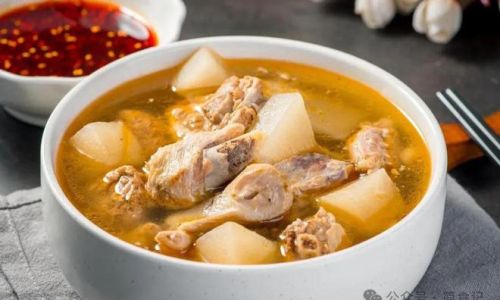
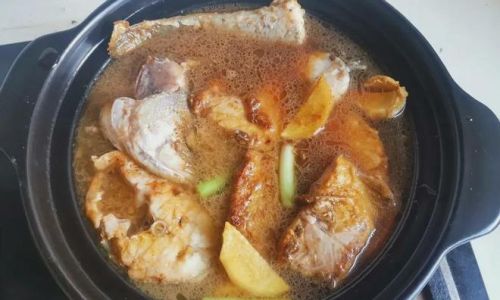
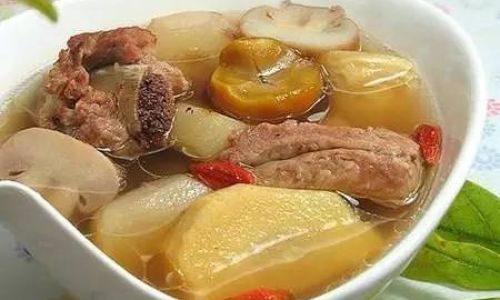



0 comments